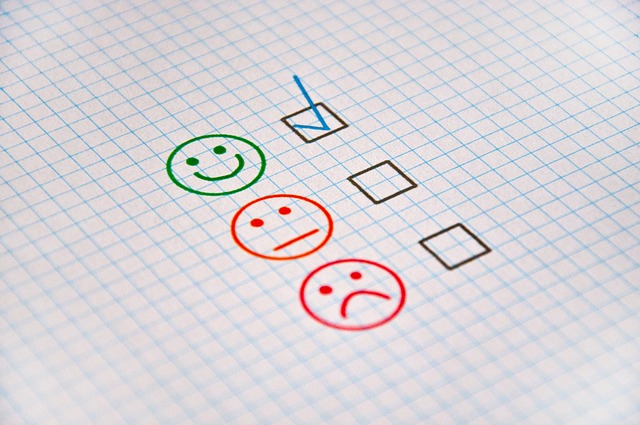Diana Winston provides a guided meditation on self-compassion as part of the weekly offerings of meditation podcasts from the Mindful Awareness Research Center (MARC), UCLA. These weekly podcasts are also available via the UCLA Mindful App.
Diana explains that the tendency to be self-critical – to disown parts of ourselves that we don’t like – is universal, not the province of a single age group, gender or ethnic group. We can hear our own voice telling us that we are “stupid” “undeserving”, “inconsiderate” or some other self-demeaning term. These inner voices focus on our flaws and not our essential goodness or kindness.
In line with the research and philosophy of Kristin Neff, Diana encourages us through self-compassion meditation to accept ourselves as we are with all our warts and flaws and to recognise that in common with the rest of humanity we make mistakes, make poor decisions and say or do things that we later regret.
A guided self-compassion meditation
In her introduction to a guided meditation on self-compassion, Diana leads us through a basic process for becoming grounded – adopting a comfortable position, taking a couple of deep breaths and engaging in a body scan to release points of tension to enable us to become focused on the task at hand. Diana then takes us through three basic steps of a self-compassion meditation:
- 1. Mindful awareness of our negative “voices” – getting in touch with the self-criticism in our heads and being able to accept ourselves as we are, with all our faults, failings and mistakes. This does not mean engaging with the voices but noticing what they are saying and accepting that we are not perfect.
- 2. Recognising that flaws are an integral part of our shared humanity – acknowledging that this is part of the human condition. No one is perfect and everyone makes mistakes – we have this in common with the rest of humanity. We can then offer self-forgiveness and kindness to ourselves.
- 3. Extending kindness to others – when we recognise that we share a flawed existence with the rest of humanity, we are better able to offer kindness towards others. We can start by expressing gratitude to the people we admire and acknowledging how they enrich our lives. We can then extend this kindness to wishing them and others safety, health, happiness and the ease of wellness.
As we grow in mindfulness through awareness of our negative voices and our inherent flaws, we can learn to accept ourselves as we are, acknowledge our shared humanity and extend self-compassion to ourselves and kindness to others.
____________________________________________
Image by Ioannis Ioannidis from Pixabay
By Ron Passfield – Copyright (Creative Commons license, Attribution–Non Commercial–No Derivatives)
Disclosure: If you purchase a product through this site, I may earn a commission which will help to pay for the site, the associated Meetup group and the resources to support the blog.









